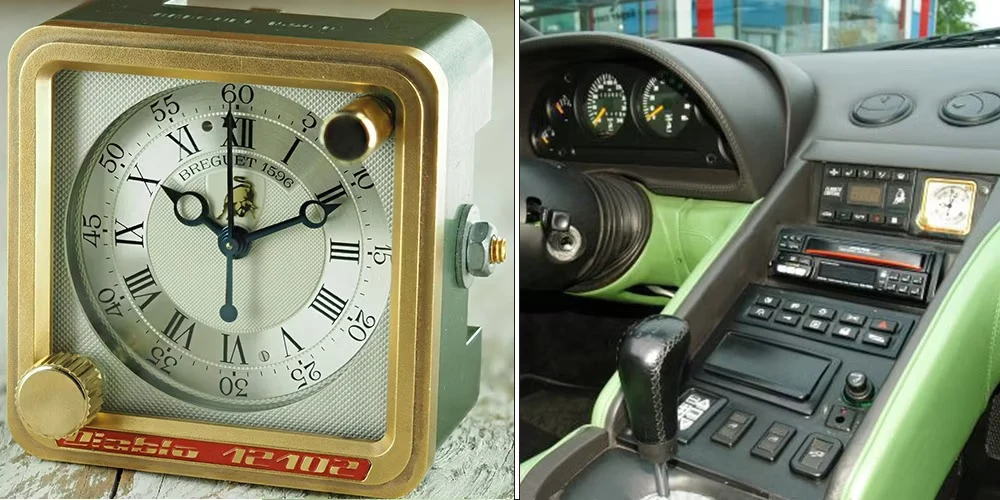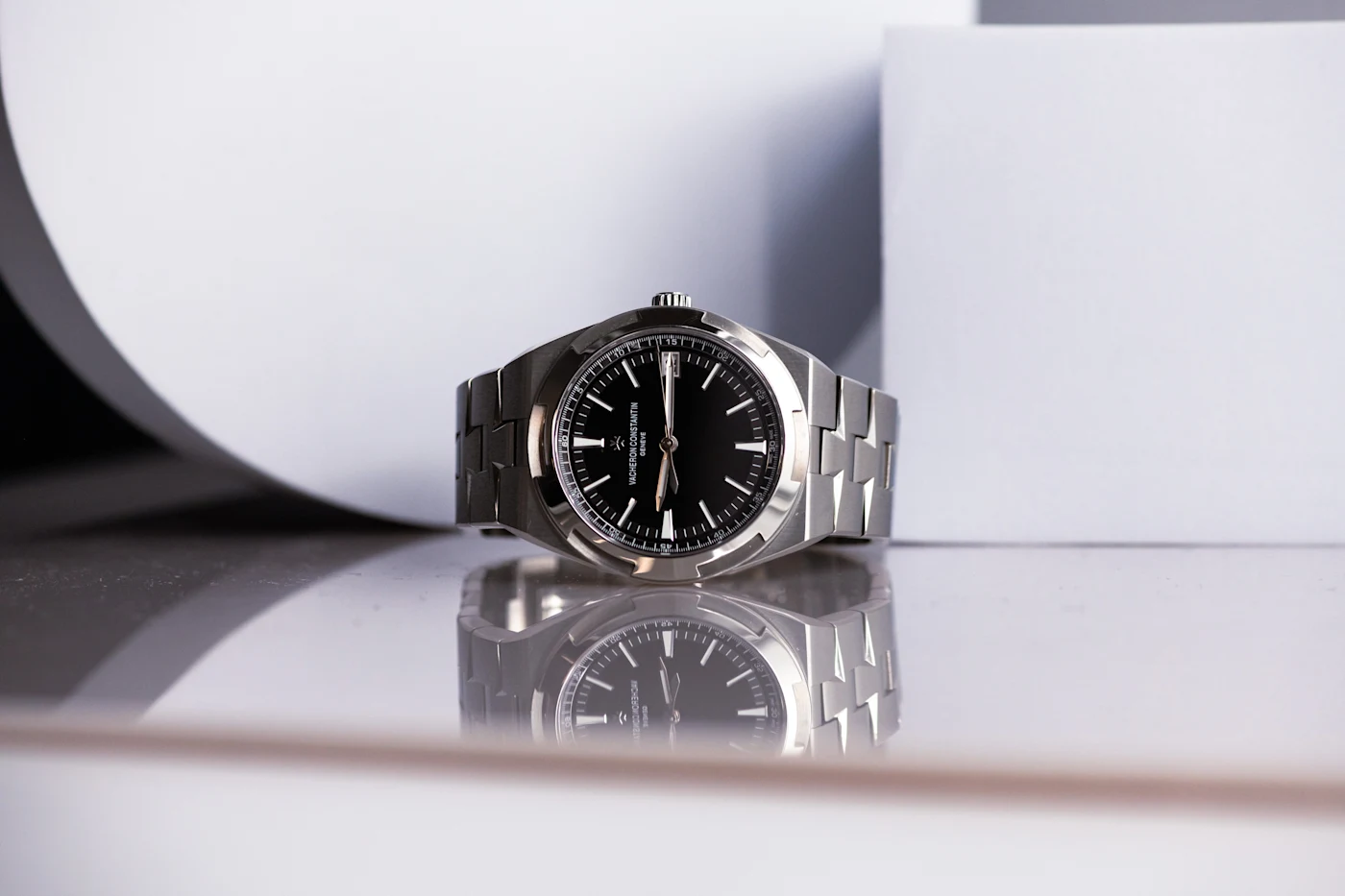1st Jul 2022
Ticking Over - A Look At The Humble Car Clock
by Adrian Hailwood
Watches and cars have a natural affinity, the driver wears one while piloting the other; but there is a deeper connection where the car and the timepiece become one. I refer, of course, to the humble dashboard clock. Most modern dash clocks are no more than a few lines of code on a digital display or a non-descript quartz module tucked into a convenient surface, but the dashboard clock used to be so much more, and on occasion, still is.
Of all the dials on the dash, the clock is the only one that pre-dated the invention of the car, so the earliest models had a clock as the sole instrument. Pocket watches, the sturdier the better, were given a long enough winding stem to poke out of the dash allowing them to be wound on a regular basis. Most were simple time-only models, but for sheer glamour, it is hard to beat the Breguet clock created in 1932 for the Bugatti Royale.

At 21ft long and just over 3 tonnes, the Bugatti Royale was designed to be the peak of ostentation. 25 were planned but only 7 were built and a mere 3 were sold as the world slipped into the Great Depression. For a car designed for royalty, a clock from Breguet was the ultimate refinement.
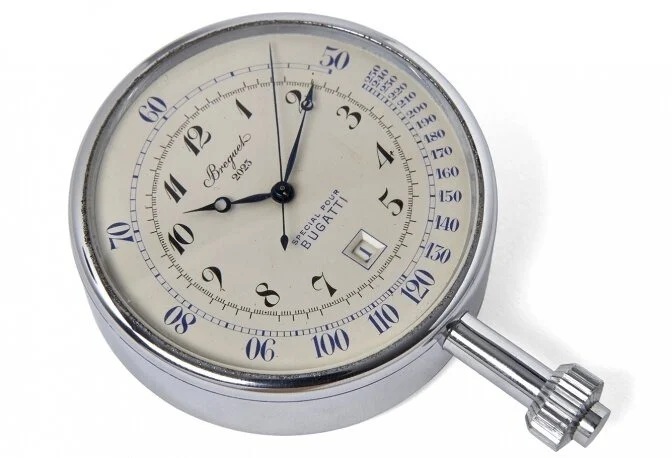
Created to fit into the centre of the steering wheel, rather than the dashboard, this clock had an 8-day power reserve and a chronograph with a digital minute counter. Surrounding the dial was a tachometer scale that measured up to 250kph, a necessity as the 12.7ltr 8 cylinder behemoth could allegedly reach 198kph.
Nothing typifies an old English sports car dash like a Jaeger clock. There is a lot of confusion as to whether this means the owner has a Jaeger as in ‘Jaeger-LeCoultre’ or not. The answer like so many things in horology is yes… and no.
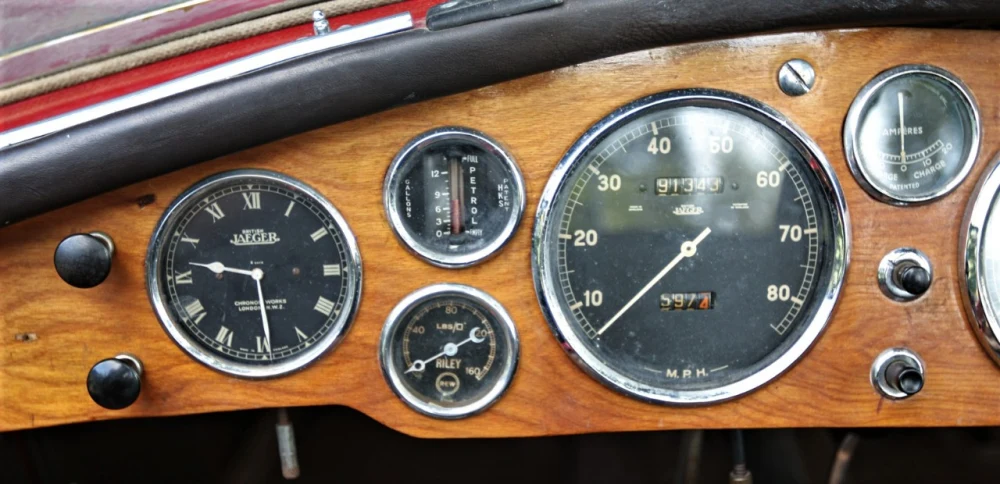
Edmund Jaeger was a Paris-based watchmaker at the turn of the 20th century. Like many companies of the time, he outsourced production to Switzerland, the majority to the firm LeCoultre, including watch movements produced for Cartier under a 15-year exclusive contract. In 1921, Jaeger and LeCoultre (but not Jaeger-LeCoultre) started a company in Britain making car clocks and other instruments. 6 years later, they sold 75% of the company to Smiths, a British competitor also in the clocks and instruments business. It was only in 1937 that the hyphen was added and Jaeger-LeCoultre was born. Smiths’ speedometers and Jaeger clocks (and vice versa) happily coexisted on the dash, being made in the same Cricklewood factory. The 1930 Bentley Speed Six featured Jaeger gauges and a Smiths clock.
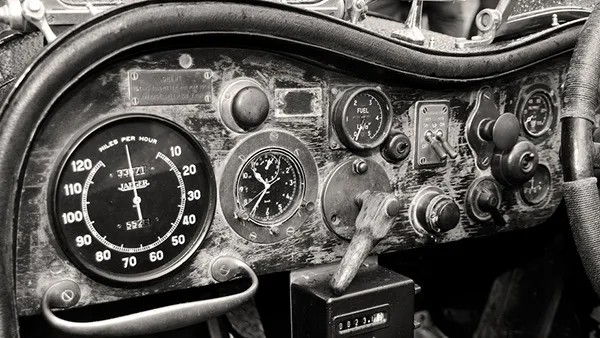
More recently the inclusion of a prestige watchmaker’s clock in a car dash has been more about brand collaboration than technical necessity. IWC have supplied clocks to both Mercedes’ AMG collection, to match the co-branded watch, and also the S-Class Maybach.
Bremont produced a removable dash clock/stopwatch for the Jaguar XJ75 Platinum Concept Car and the C-X75 Concept Supercar and in 2011 produced car clocks for the Queen’s fleet of Jaguars.
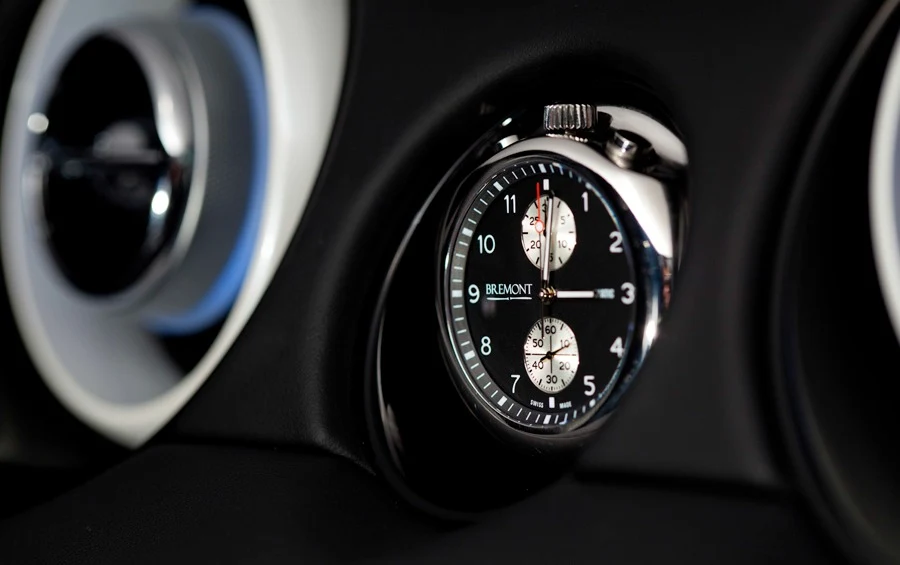
Breitling and Bentley have enjoyed a 20-year partnership with dash clocks going into the Flying Spur, Continental GT and the Bentayga, while the typical Bentley knurling or wood detailing have found their way into the Breitling for Bentley watch collection.
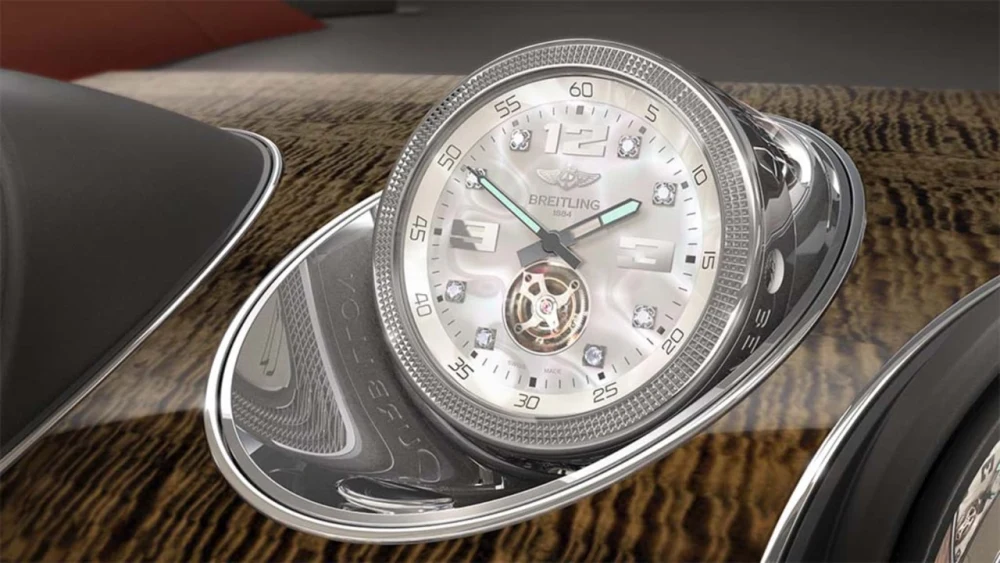
Strangely, despite one of the longest collaborations in cars and watches, Jaeger-LeCoultre and Aston Martin limited themselves to co-branded ‘Amvox’ wristwear leaving just the early use of Jaeger clocks as their legacy.
For sheer opulence, it is hard to beat the Rolls Royce / Bovet collaboration. Reputedly produced for Jay Z and Beyonce, this car cost a staggering $28.4 million. In a special drawer in the dash are housed 2 Bovet tourbillon watches, one for him and one for her. Each double-sided timepiece can be worn as either a wrist or pocket watch, as well as being fitted into a holder in the dash to function as the car clock. While both the car and the clocks are outrageously over the top, there is undeniable craftsmanship on display and a certain design consistency, even if it is not everyone’s taste.
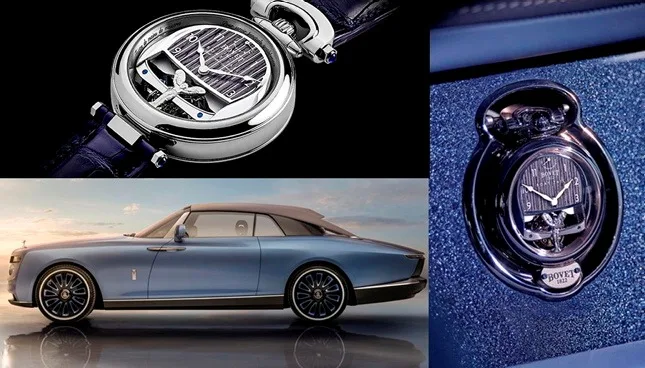
Not quite such a happy pairing is the car clock designed for the Lamborghini Diablo; a journey that brings us full circle back to Breguet. The 1990s were a tough time for Breguet and it is understandable they wouldn’t want to turn down a commission but finding 18th-century classicism in the dash of a late ‘90s wedge of futurism is, to say the least, jarring. Luckily most current car/clock combinations give a little more thought to the design cues of both brands, if only with an eye to the add-on sale opportunity.
